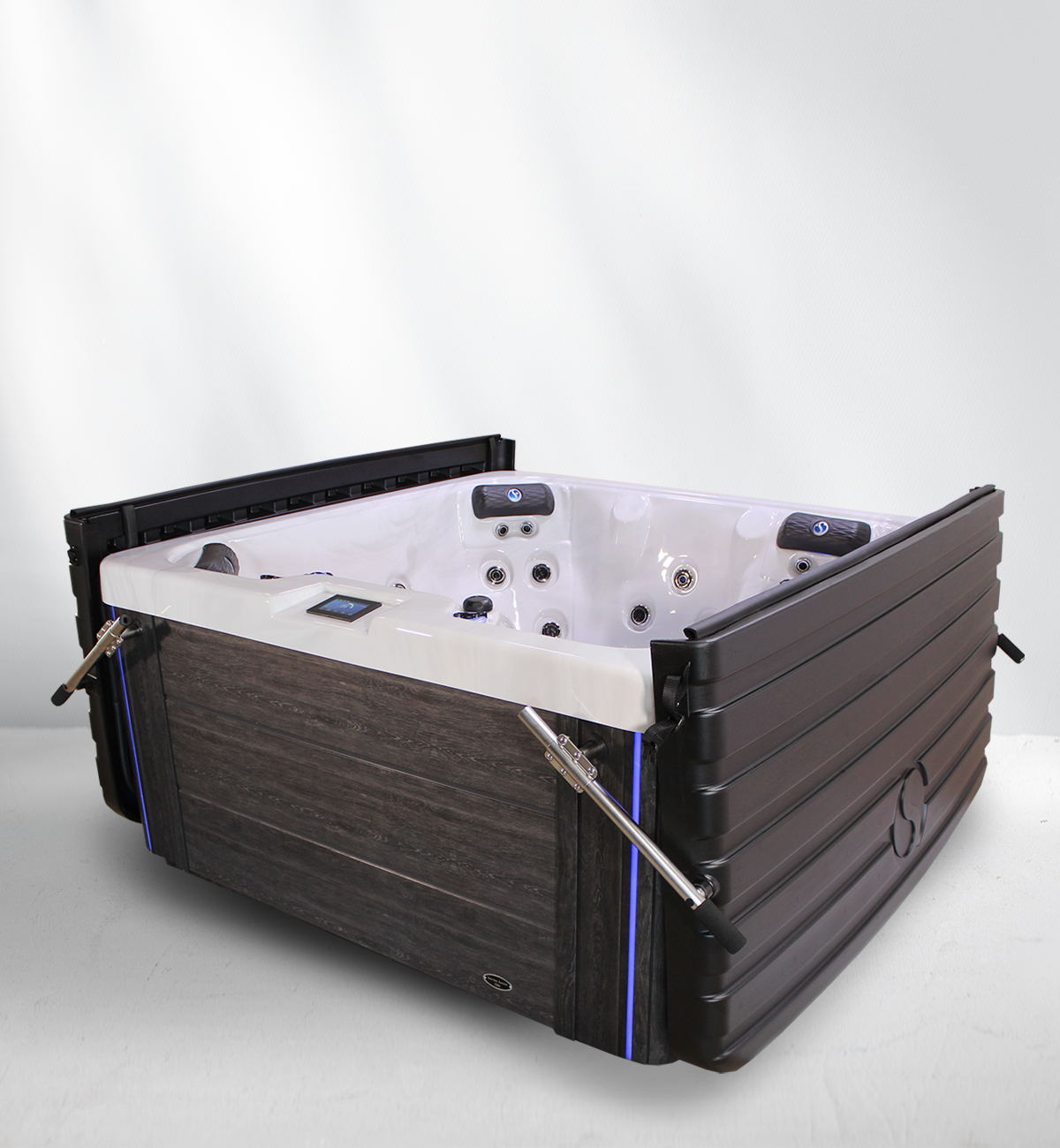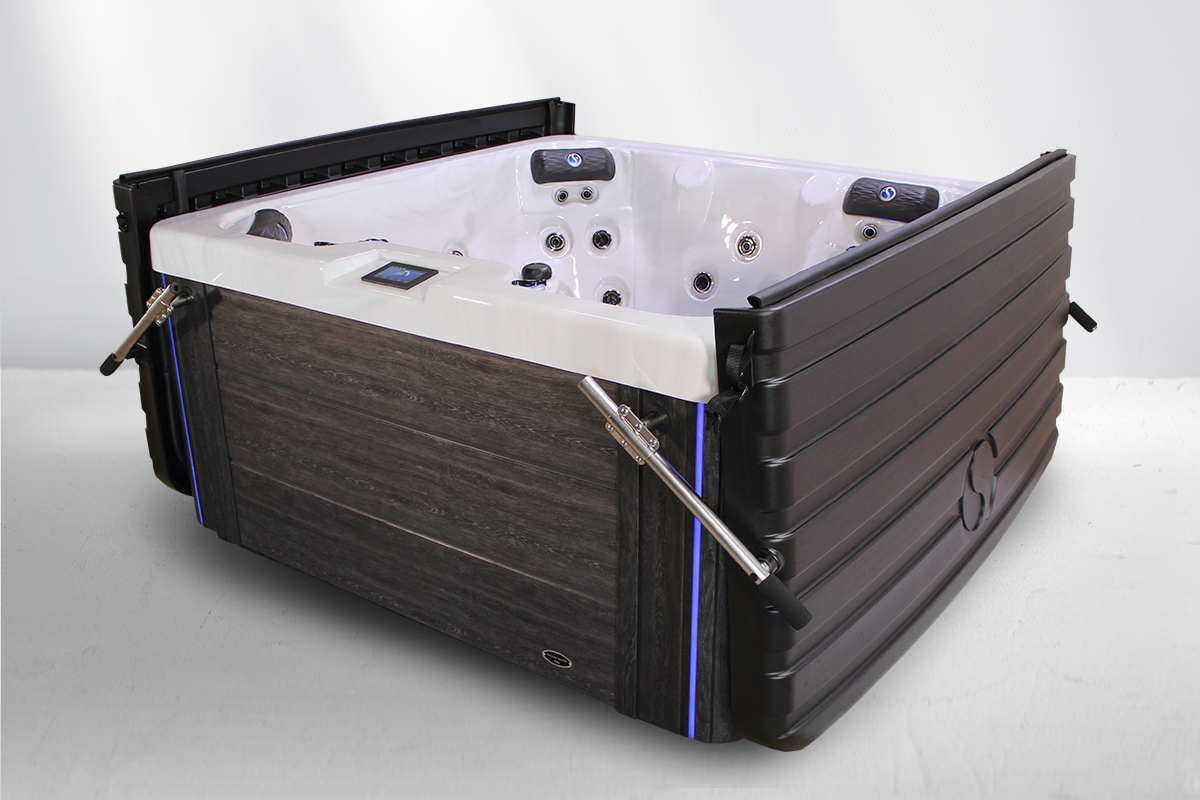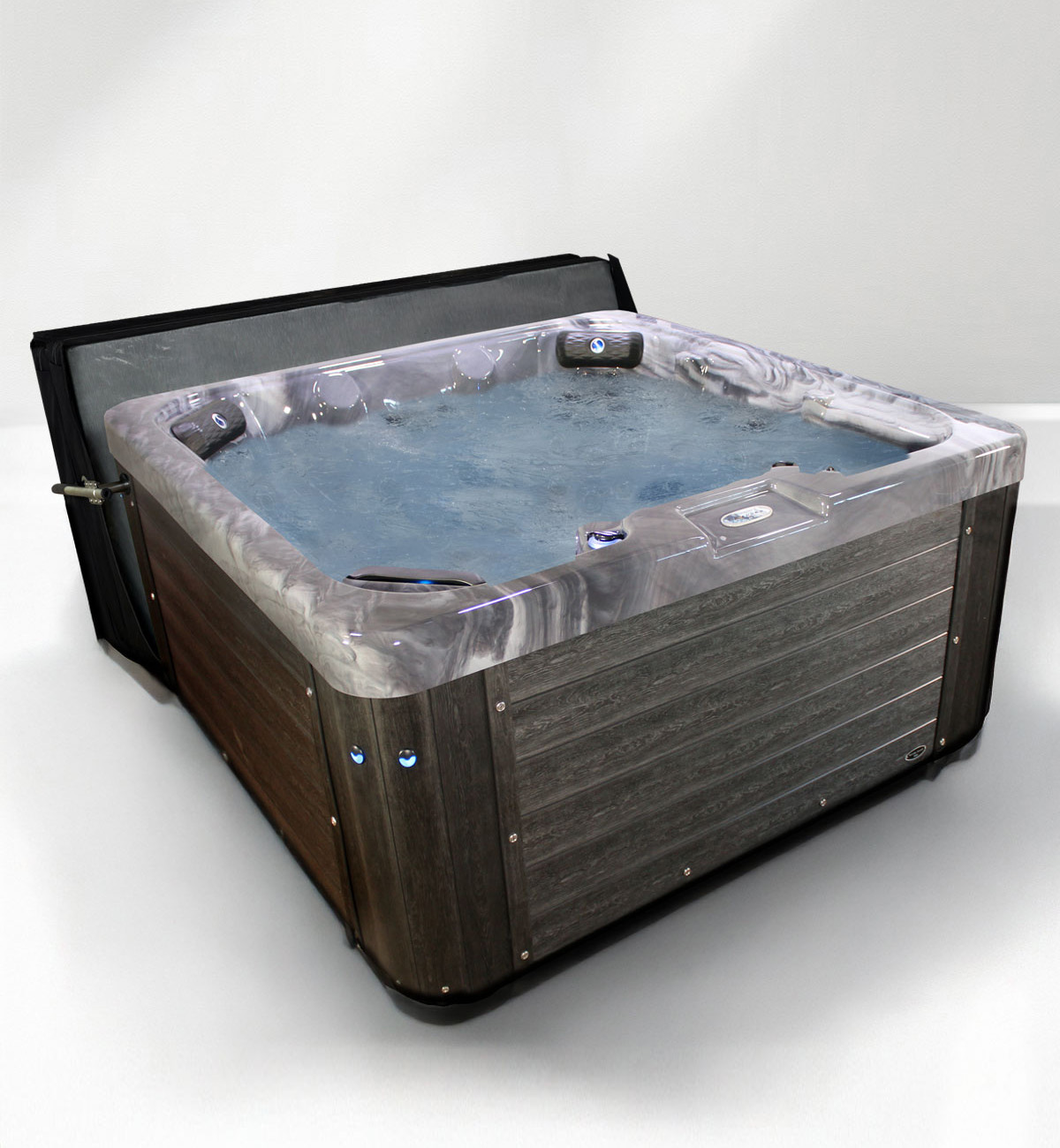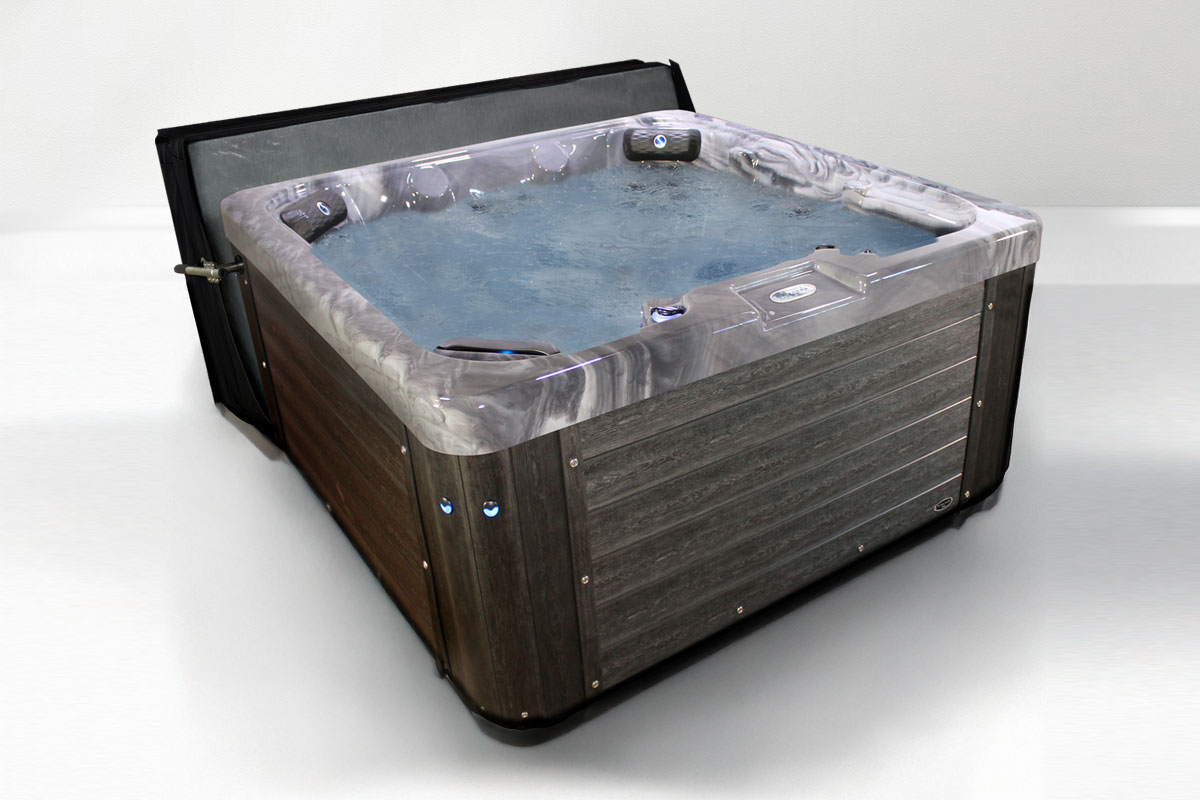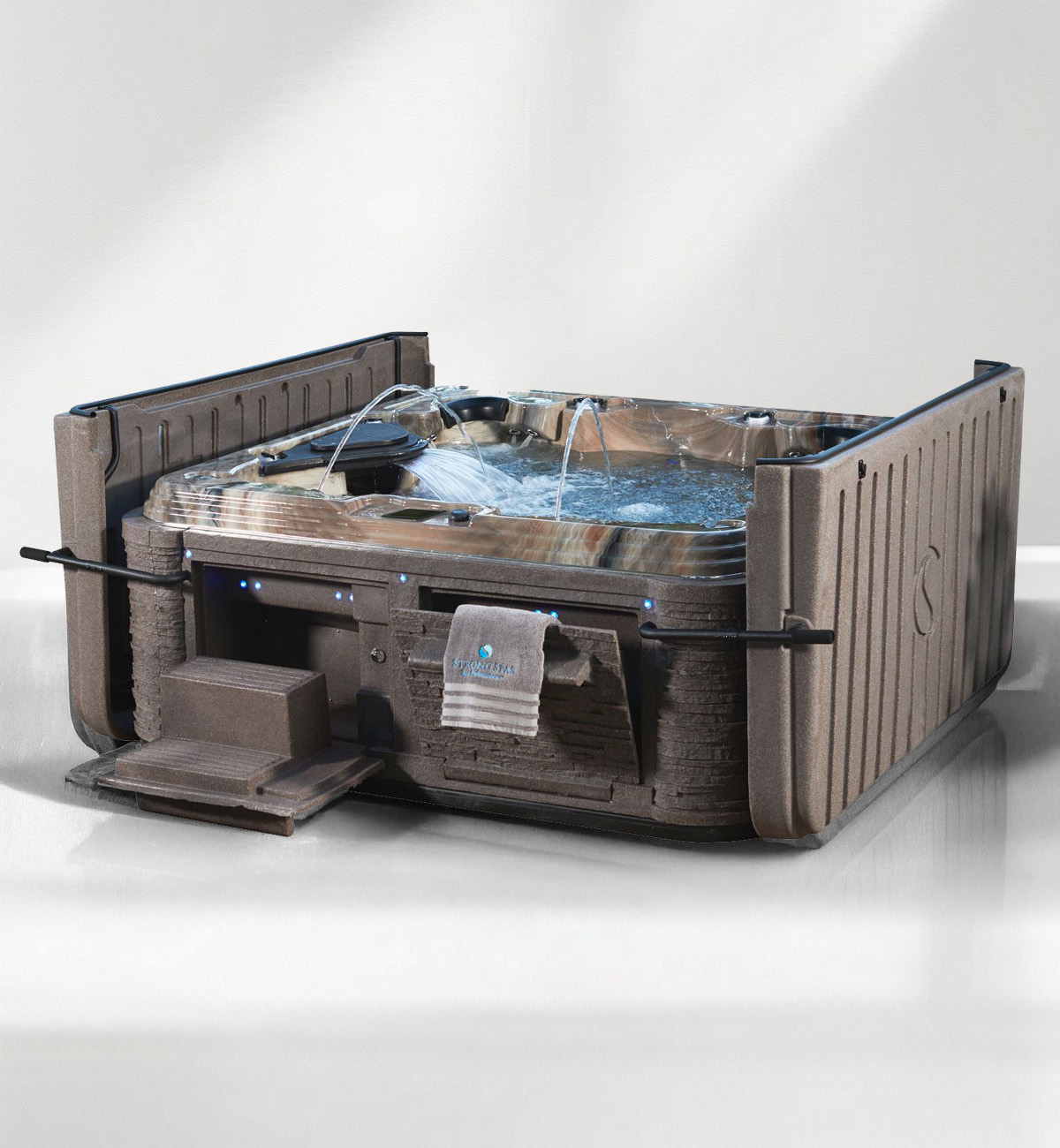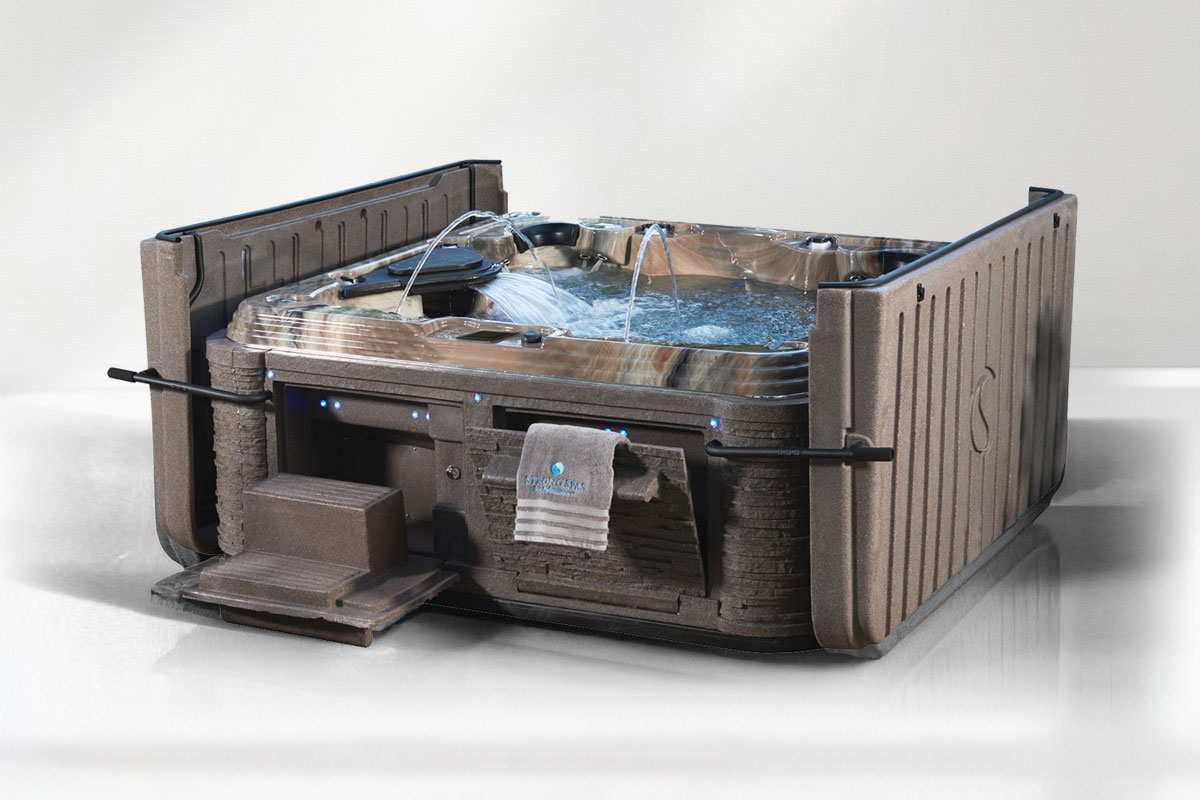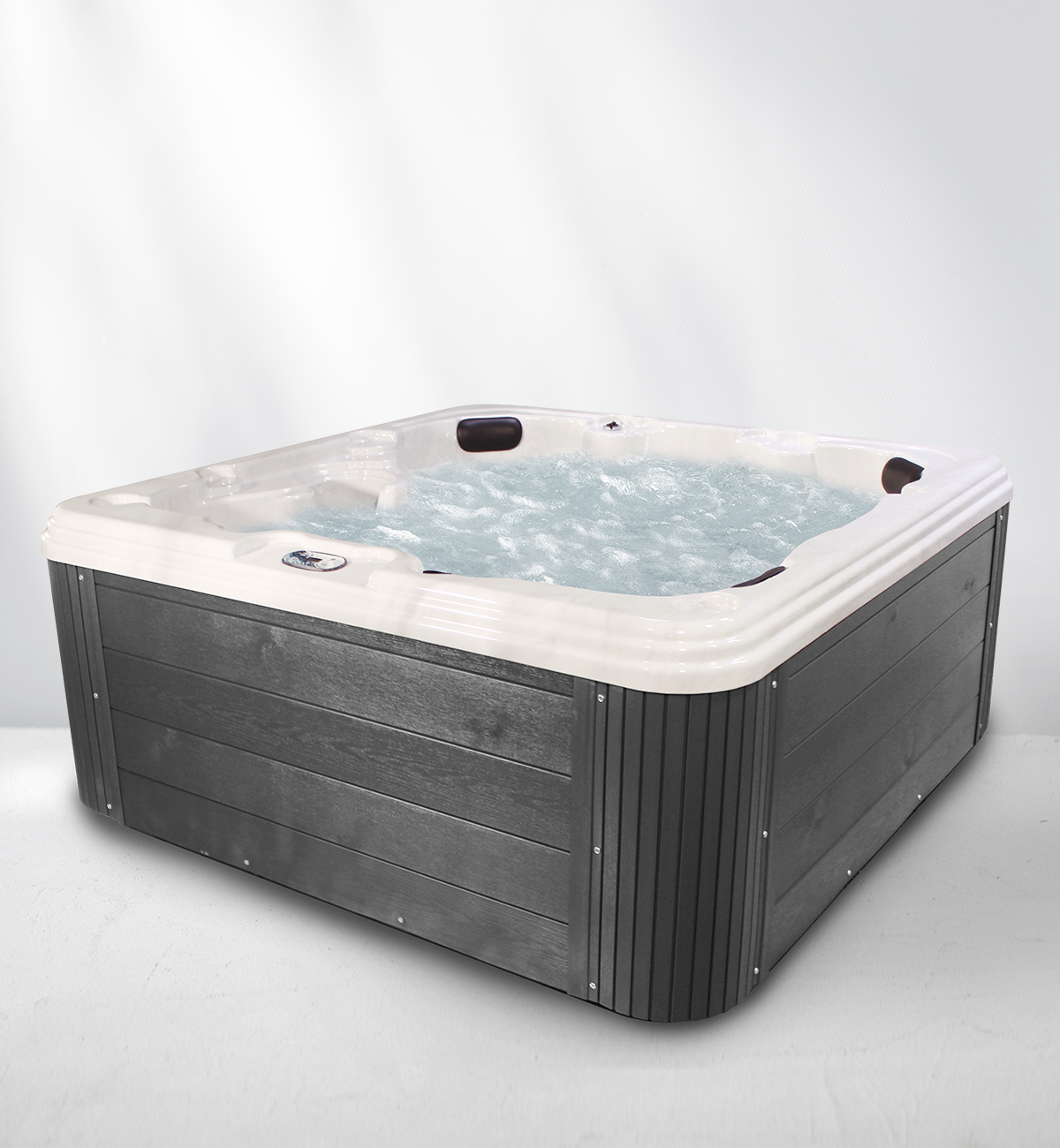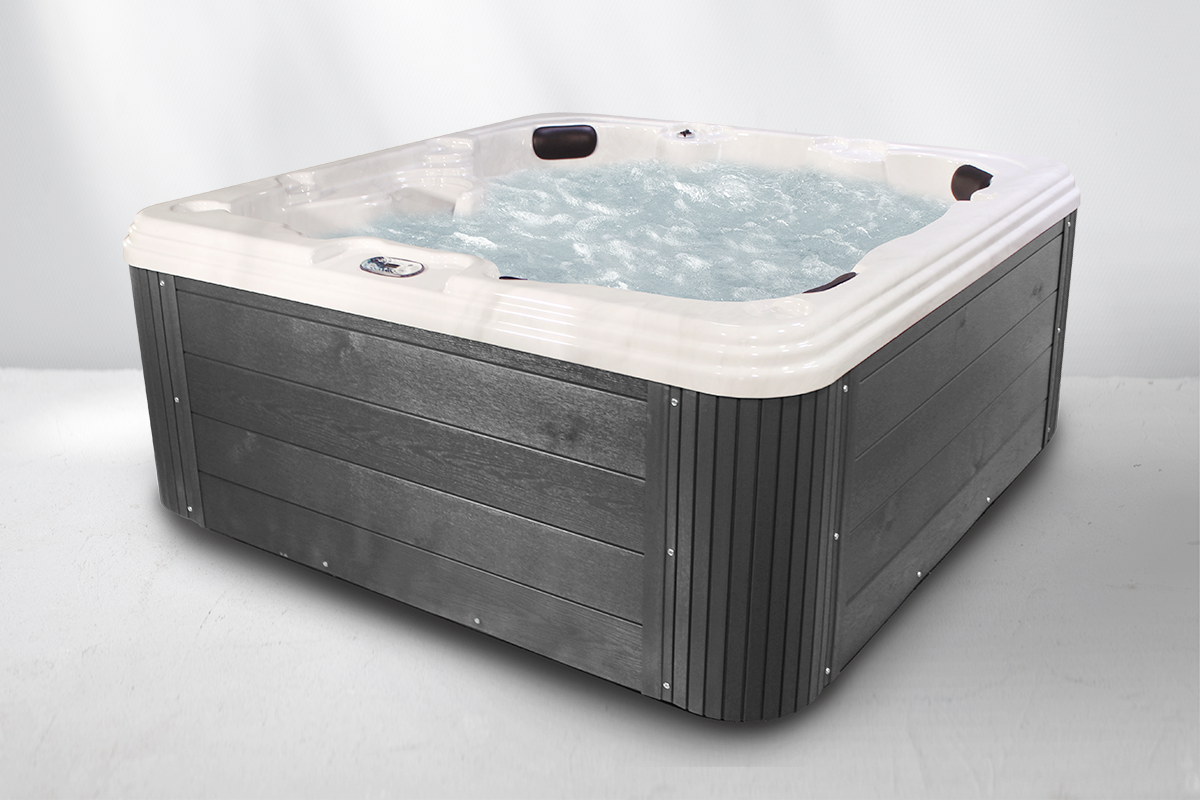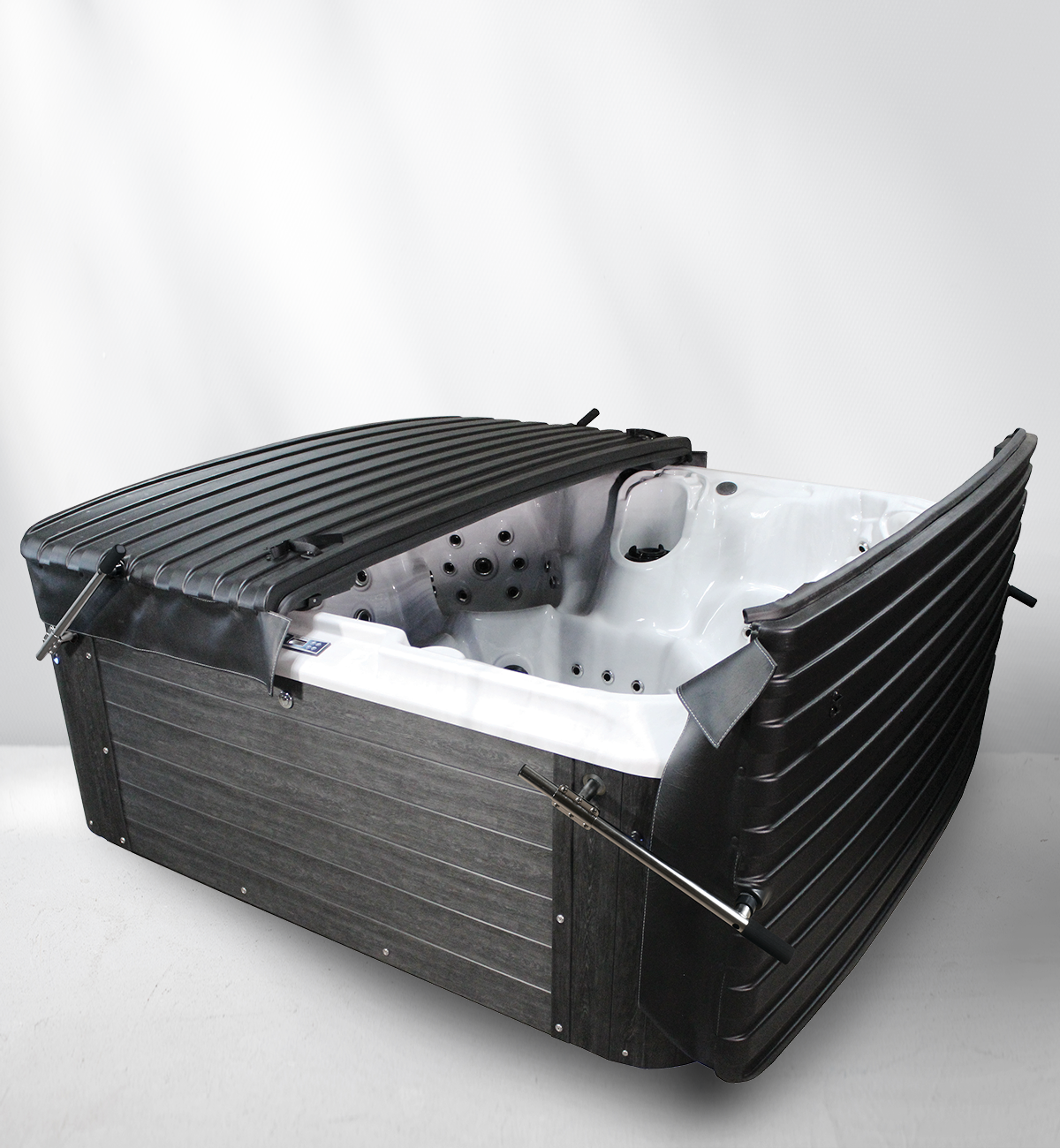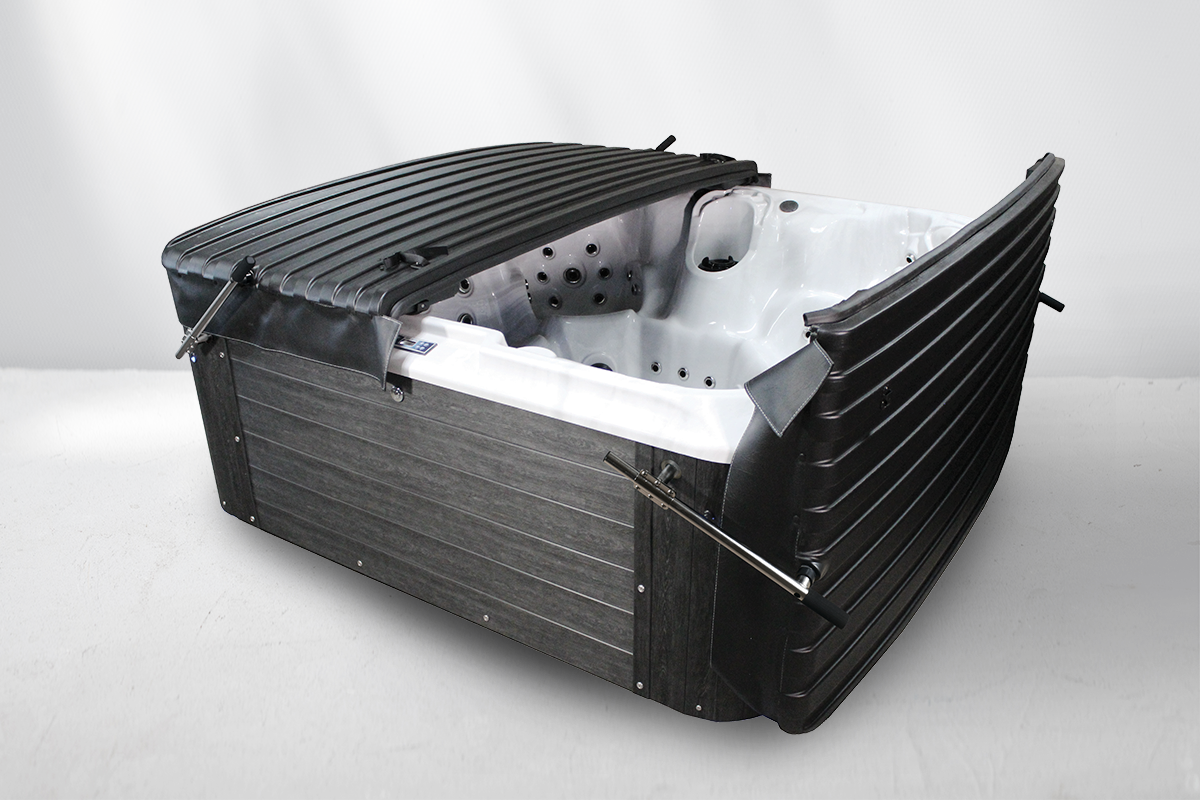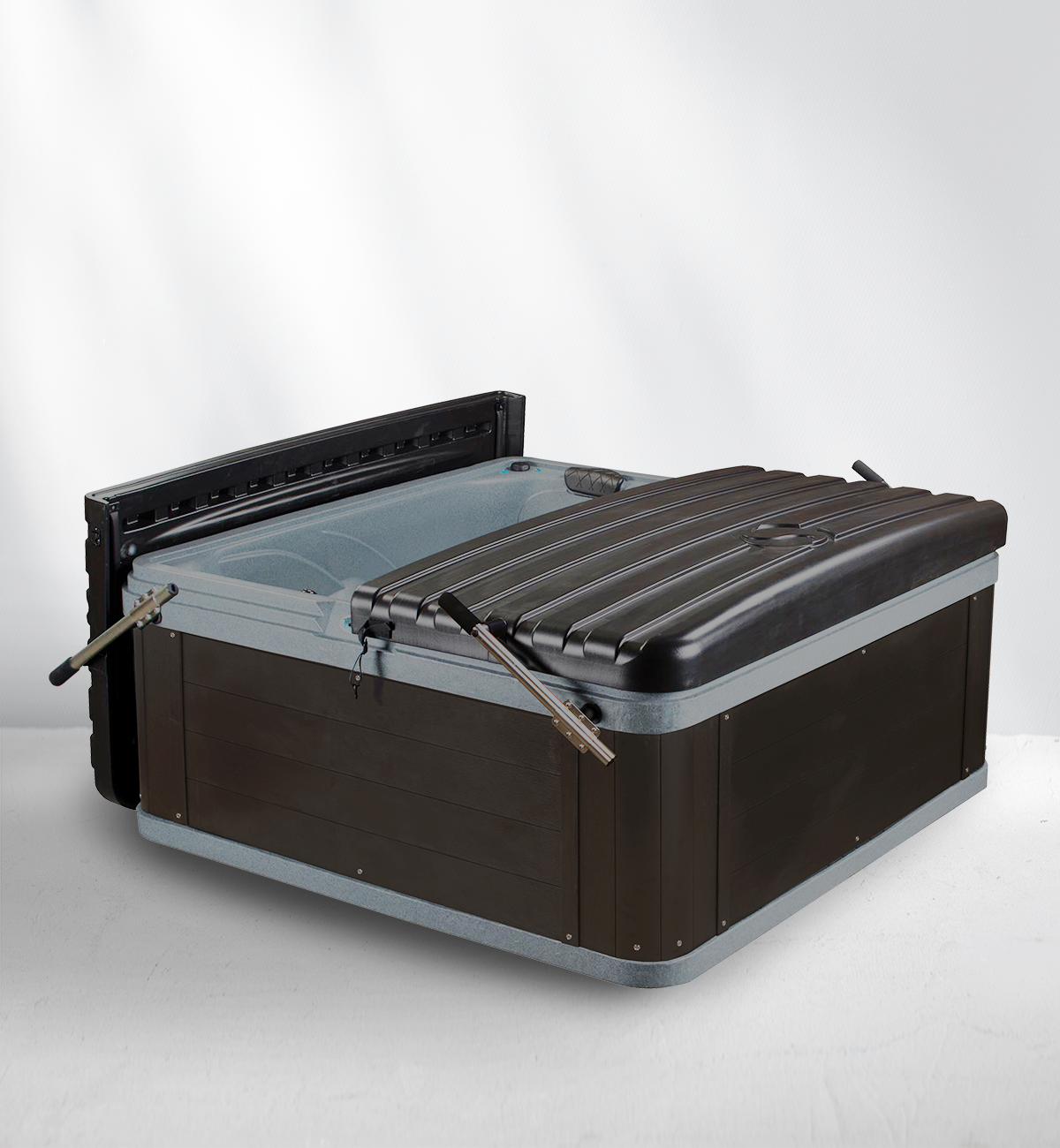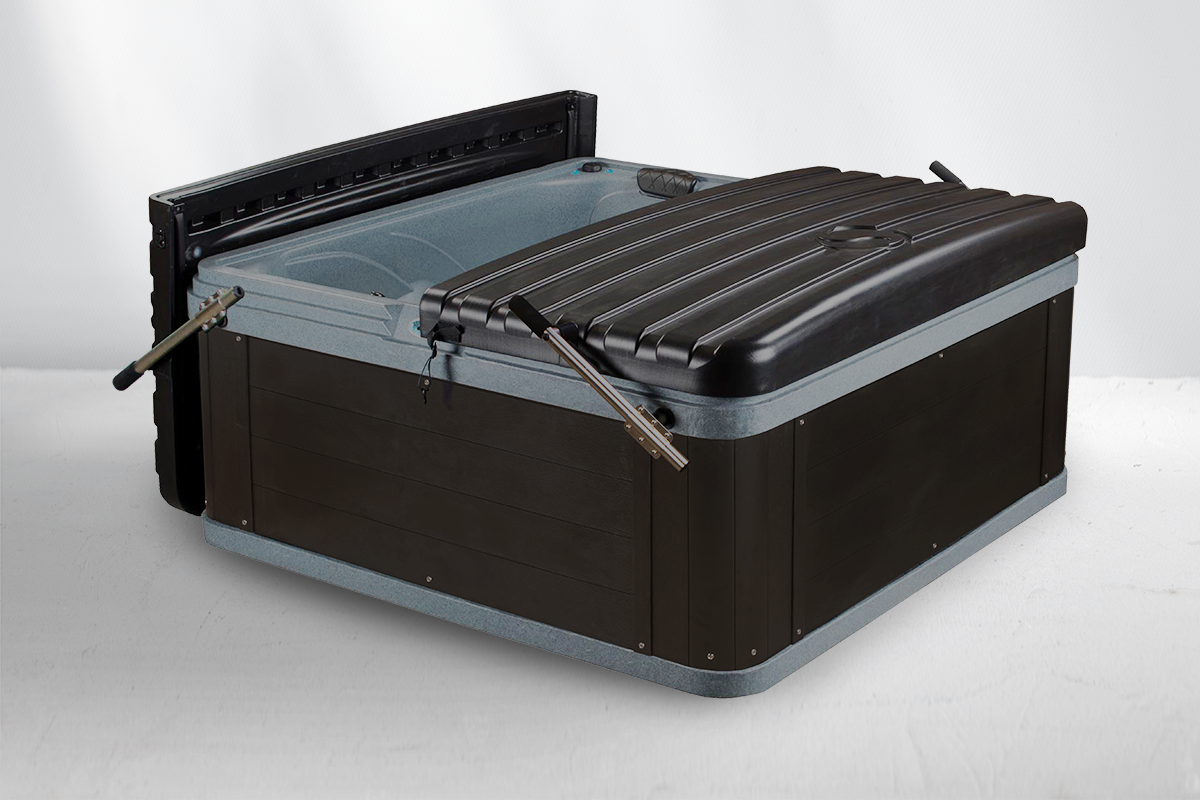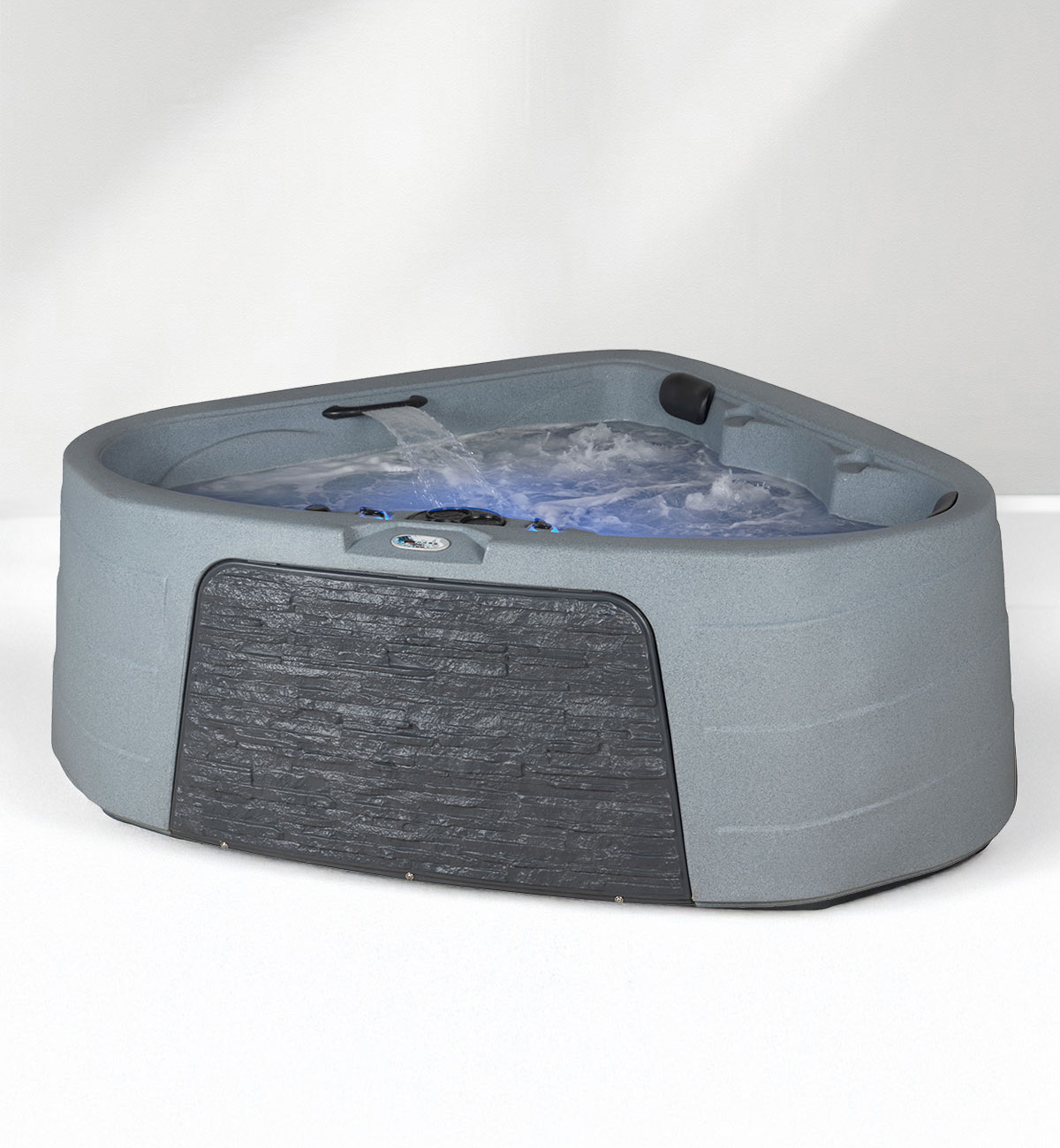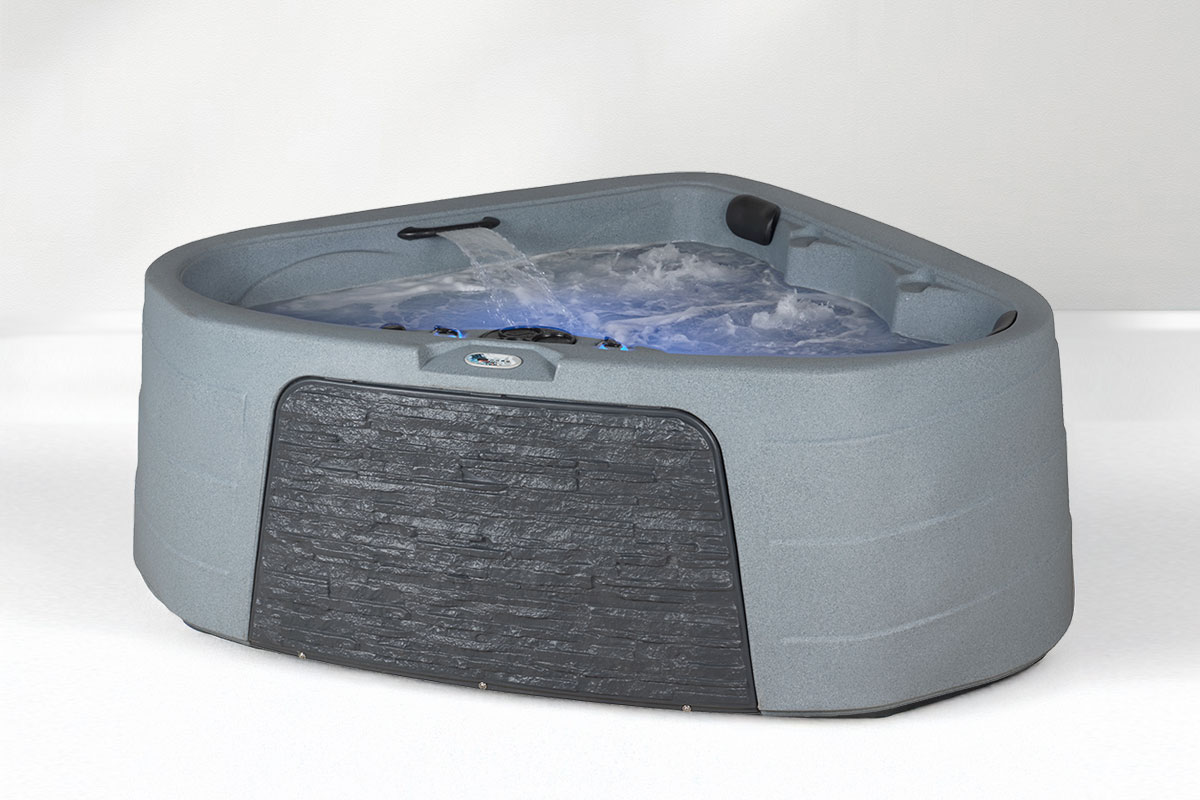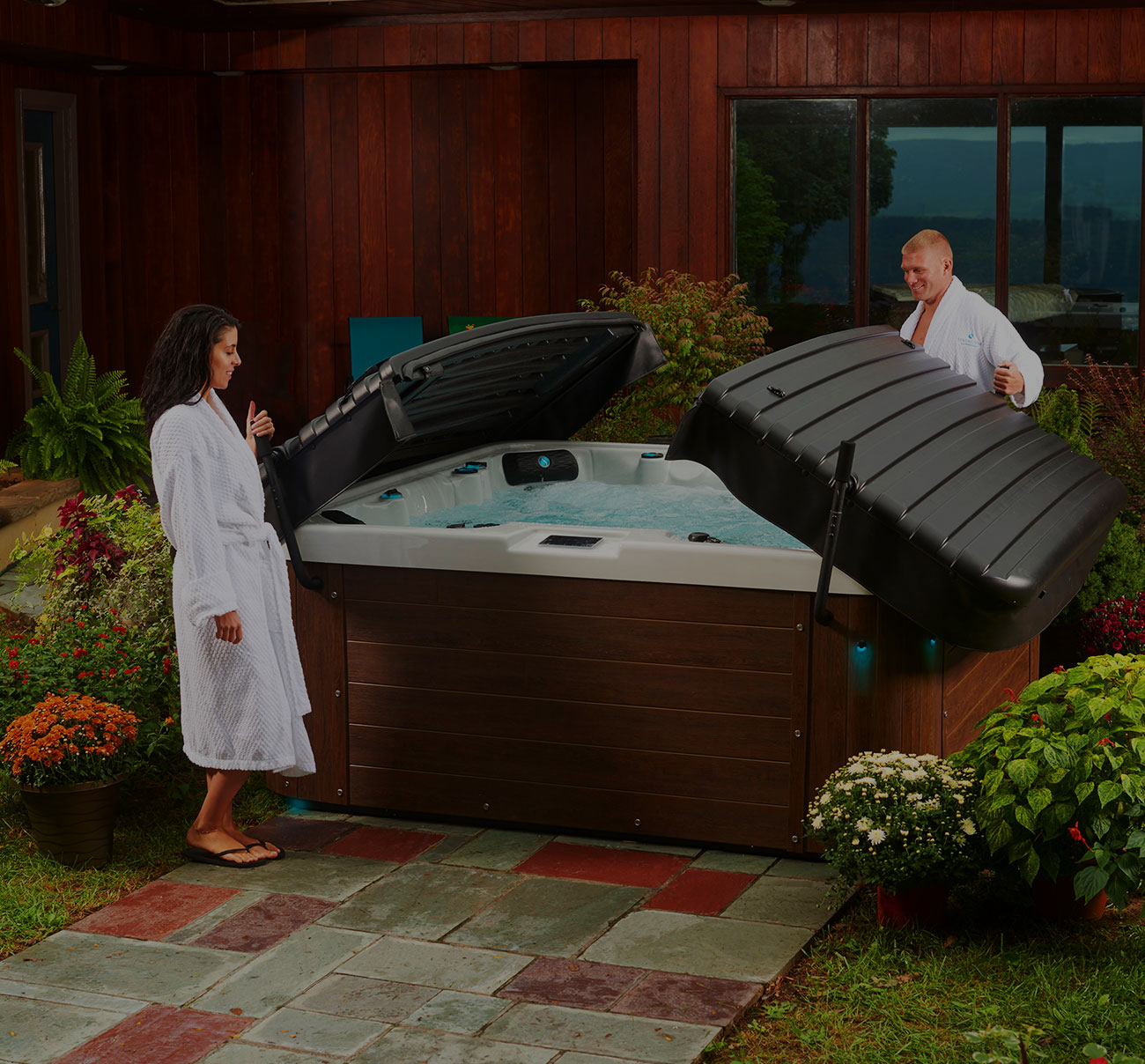How to Reduce Your Spa’s Energy Consumption
Owning a spa is all about relaxation and enjoying the therapeutic benefits it brings. But nobody wants to unwind at the expense of a skyrocketing energy bill. Luckily, there are a few simple steps you can take to keep your spa efficient and your costs under control. Here’s how.
Invest in a High-Quality Cover
Think of your spa like your home in winter — you wouldn’t leave a window open while trying to heat the house, right? The same goes for your spa. A poor-quality or loose-fitting cover lets heat escape, making your spa work harder and your power meter spin faster.
Enter the Strong Spas Dura-Shield™ hard cover. Designed for maximum strength and thermal efficiency, this cover is insulated with closed-cell foam, ensuring that heat stays in and cold air stays out. By minimizing heat loss, you’ll not only keep your spa warm but also give your energy bill a break.
Block Out the Wind
While a gentle breeze might feel refreshing, strong winds can wreak havoc on your spa’s efficiency. Wind blowing over your spa cools the water and accelerates evaporation, meaning you’ll need to add more water and reheat it more frequently. Additionally, if your spa isn’t properly sealed, wind can slip in and affect the heating process.
To combat this, consider setting up a windbreak around your spa. Whether it’s a fence, privacy panels, or a hedge, shielding your spa from the wind can significantly reduce heat loss and improve overall efficiency.
Lower the Temperature by Two Degrees
It may not sound like much, but lowering your spa’s temperature by just two degrees can make a noticeable difference in energy consumption. Most spas are set to 104°F, but dropping it to 102°F will use less power to maintain. The best part? You might not even notice the difference in temperature, but your wallet will.
Optimize Your Spa’s Settings
If you want to conserve energy even further, make sure you’re adjusting your spa settings when it’s not in use. For example, lower the temperature while you’re on vacation or during the summer months when you don’t need the water as warm. It’s a simple yet effective way to cut down on energy usage.


